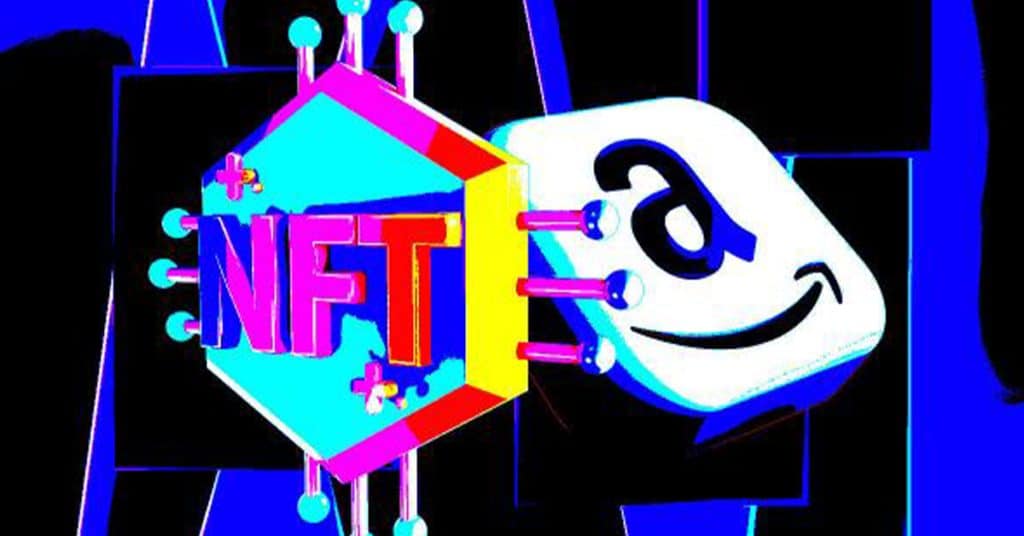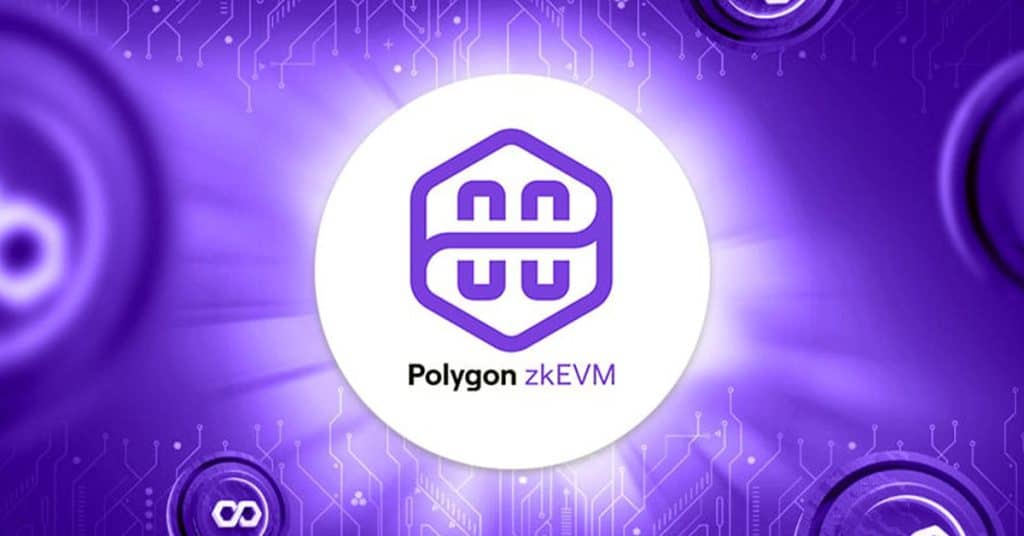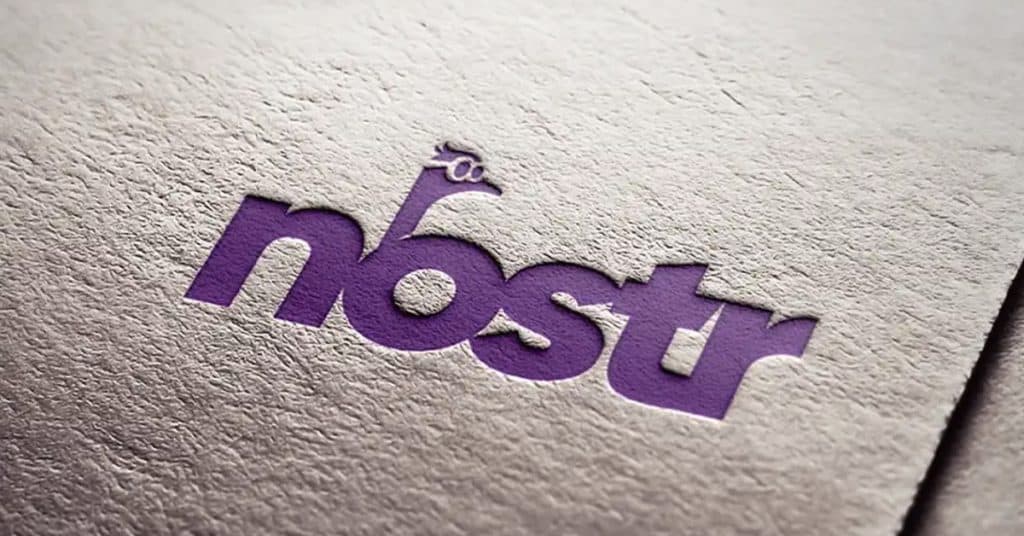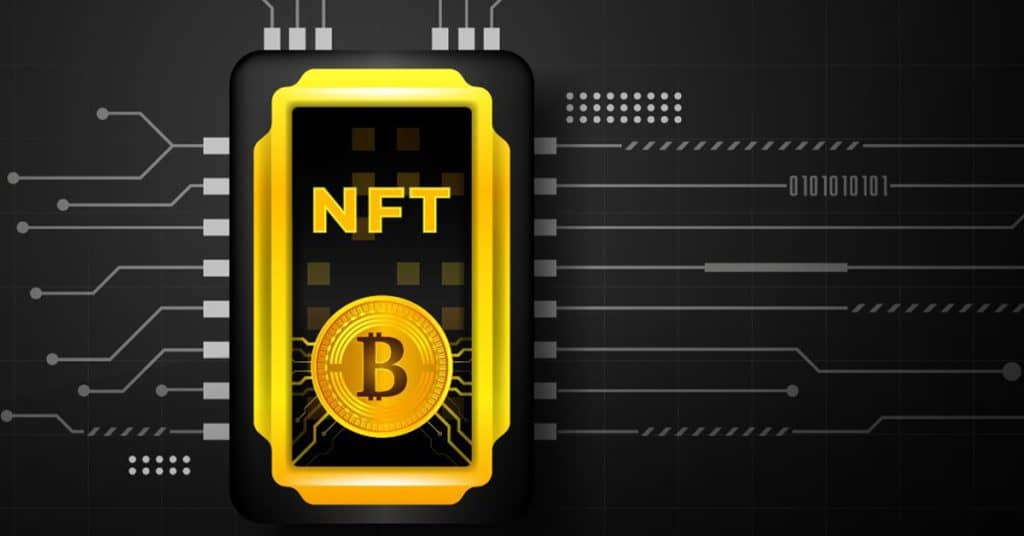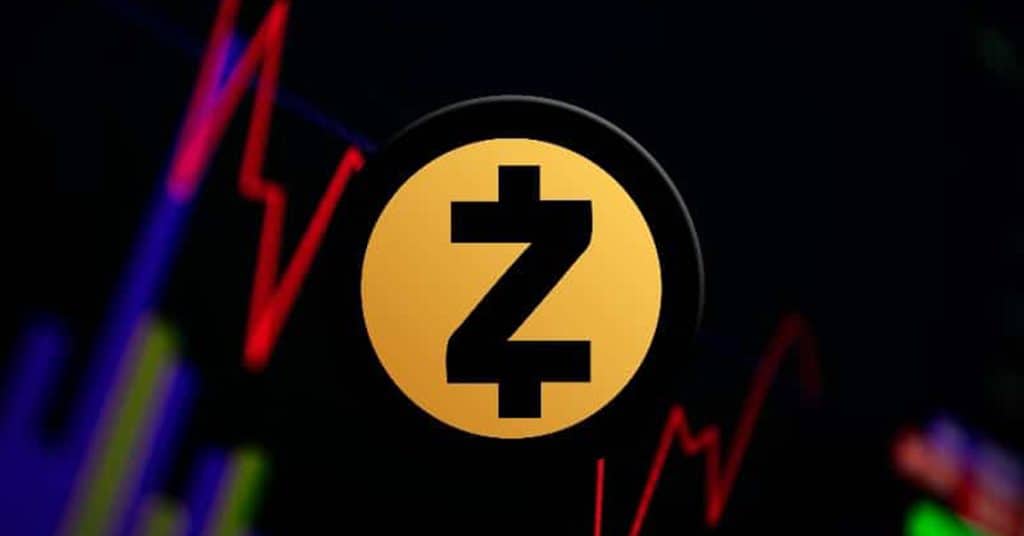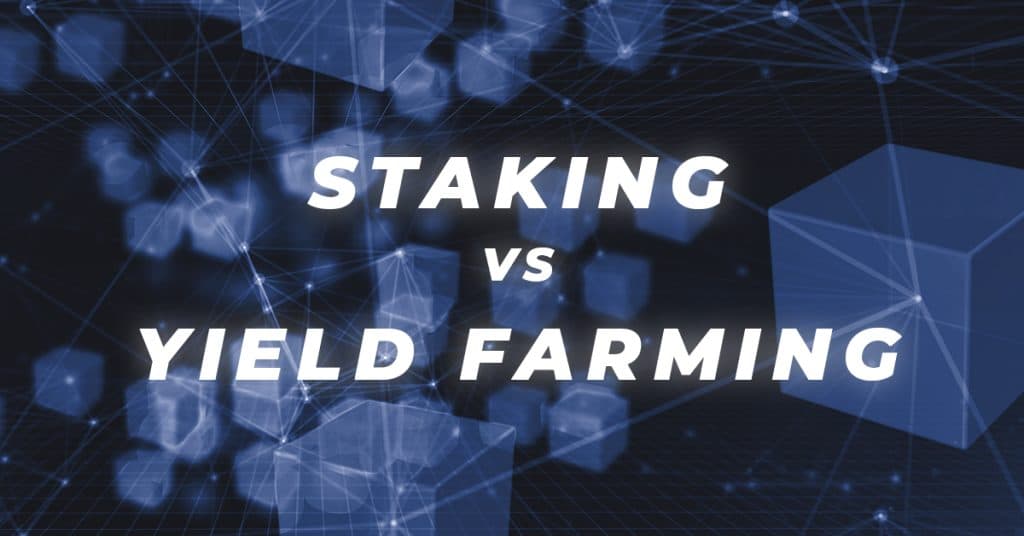Proof of Reserves | When Trust Matters
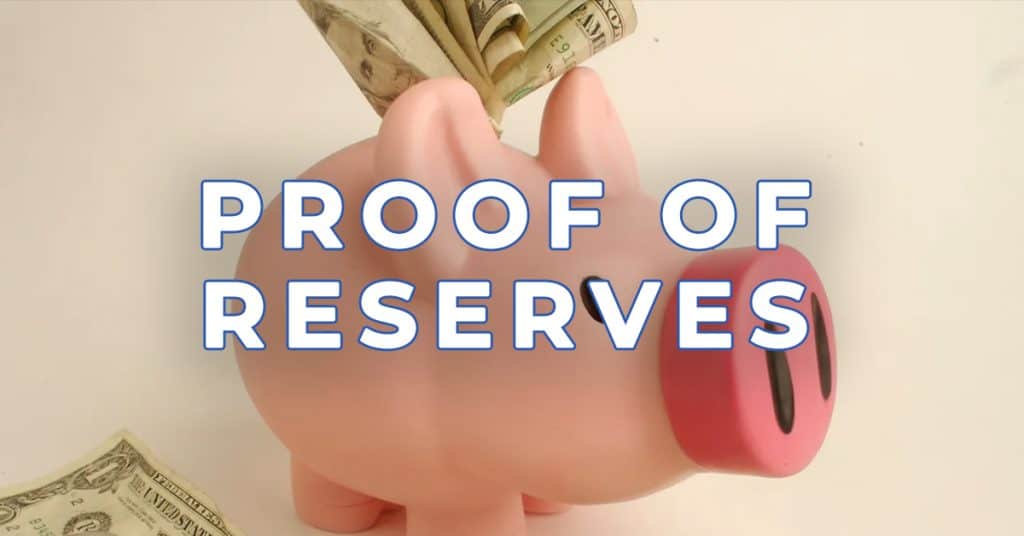
One of the few bright spots after the FTX fraud is the renewed interest from customers in clarity about the assets held by crypto exchanges. Ever since that fateful FTX week in November 2022, crypto exchanges and brokers have been bombarded with demands from their clients: prove to us that you actually hold our assets. How would this so-called proof of reserves work?
In the days after the FTX collapse, one exchange after the other published the amount of assets they held, backed by the public keys. And whereas it was nice to hear that - for example - Binance held 69 billion dollars worth of crypto assets, it begged the question: what are their liabilities? Binance was the first to admit that their publication was only a first step. Only the combination of proven reserves and liabilities paints the complete picture. We could call that: a proof of solvency.
Two Ways of Proof of Reserves
Roughly speaking, there are two main ways in which a crypto exchange can prove it has sufficient assets to match their liabilities (claims from their customers). There is the classic one, by traditional accounting firms. And then there’s audits that involve on-chain cryptographic proof of balances.

